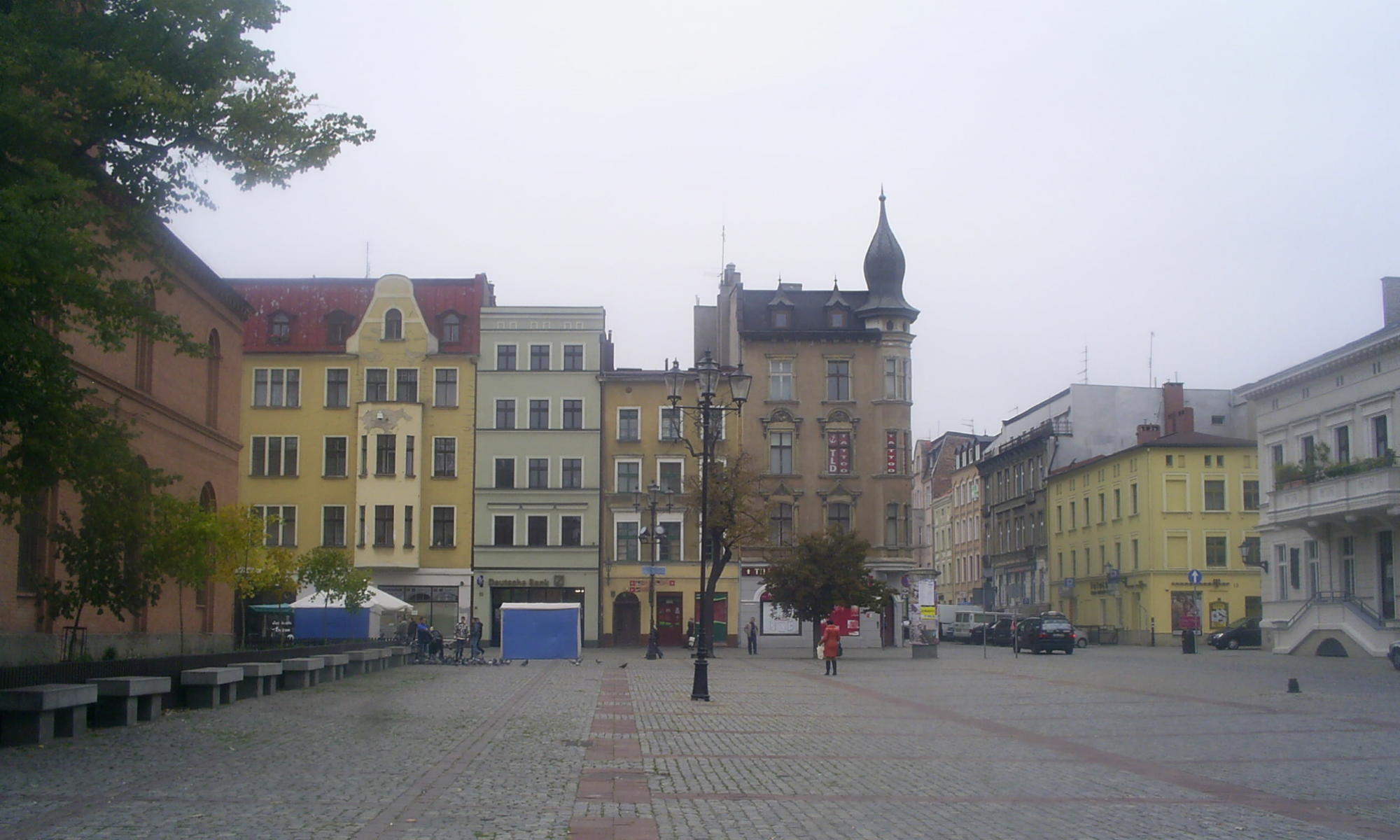Topic
Concrete has passed its zenith as the building material of choice and is now obviously controversial as a “climate killer”. The heyday of concrete used in supposedly authentic materialism can be dated to the 1960s to 1980s, when béton-brut architecture was widely used. Starting from the programmatic “New Brutalism,” which was not limited to concrete and was represented in the England of the 1950s by Alison and Peter Smithson, for example, a type of architecture spread that relied on the “raw” use of concrete as a constructive and surface-forming material and which became known as “Brutalism.” Concrete lured with the promise of an almost unlimited malleability that allowed both monolithic sculpturalism and additive design principles.
Countless public buildings – theatre complexes, libraries, community centres, universities, but also many church buildings and in some cases entire urban ensembles – were built in this style. The phenomenon can be seen as a global one, since there is hardly a region in the world without architectural examples of Brutalism. A brutalist phase can be found in many architects of the time. At the same time, Brutalism as a term for an era is controversial, since a wide variety of trends of modernism and late modernism could be cast in concrete, even to the point of overcoming them.
Despite its prominent representatives, “Brutalism” has never been uncontroversial. Its sometimes rough aesthetics and monumental structural composition, the sizes of some complexes, and not least the buildings’ signs of aging, which many find unsightly, make it an unpopular heritage. Moreover, because of the polarising aesthetics of untreated concrete, the conceptual contributions of Brutalist buildings to architectural history have often been overlooked.
Initiatives such as “SOS Brutalism” by the Deutsches Architekturmuseum Frankfurt, as well as the contributions of the 2012 Berlin Symposium on Brutalism, have indeed significantly advanced awareness of this architecture and its values. Nevertheless, the aging buildings and ensembles, which have gained a reputation as “concrete monsters”, are acutely threatened to be demolished or reshaped. Even buildings that are already listed as historic monuments are gradually decaying due to vacancy.
Competition task
The ICOMOS Student Competition 2021 is dedicated to the heritage of Brutalism of the era before 1990. The aim of the competition task is not only to admonish that the buildings of Brutalism must be preserved, but to precisely state what makes them worth preserving.
What meanings can be attributed to these buildings?
Is their value limited to the material honesty of the concrete or can other architectural, urban planning or conceptual qualities be identified?
What might communication strategies look like for buildings considered ugly by the general public?
What restoration and conservation strategies need to be developed for these concrete buildings?
Based on the examination of a specific, self-selected building, either monument qualities and values of the object are to be examined and discussed as theoretical work or strategies for the (further) use, restoration or communication of the object are to be developed within the framework of a conceptual work. The work is to be presented on a poster in A1 format according to the specified layout.
Awarding authorities
German National Committee of ICOMOS
Arbeitskreis Theorie und Lehre der Denkmalpflege e.V.
Trier University of Applied Sciences
Wüstenrot Foundation
Bavarian Chamber of Architects
Würzburg University of Applied Sciences
Participants
Students of architecture, interior design, urban planning, art history, restoration, archaeology, or other disciplines relevant to heritage.
Team work of two persons is possible.
Competition entries can be submitted in German and English.
Prizes
The best works will be awarded a prize of 500 €. An award ceremony with an exhibition of the competition entries is planned.
The award-winning works will be comprehensively documented in an e-publication by ICOMOS and all submitted works and their authors in catalogue form.
Dates
27th September 2021 Submission of posters by post (postmark) and by e-mail
October 2021 Evaluation and awarding
Detailed (German) text with task description and information on submission format and address at www.icomos.de
